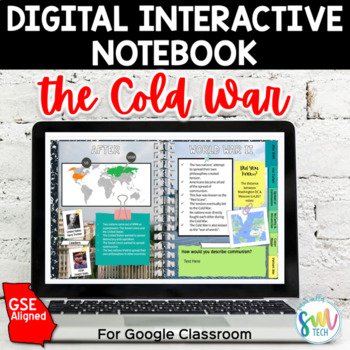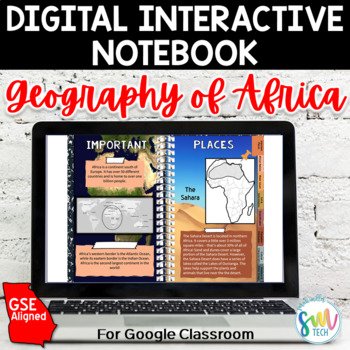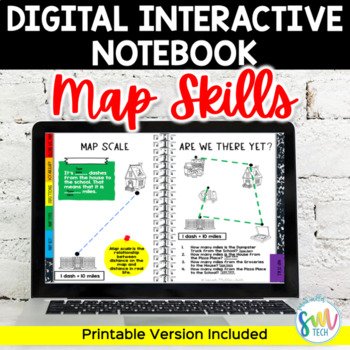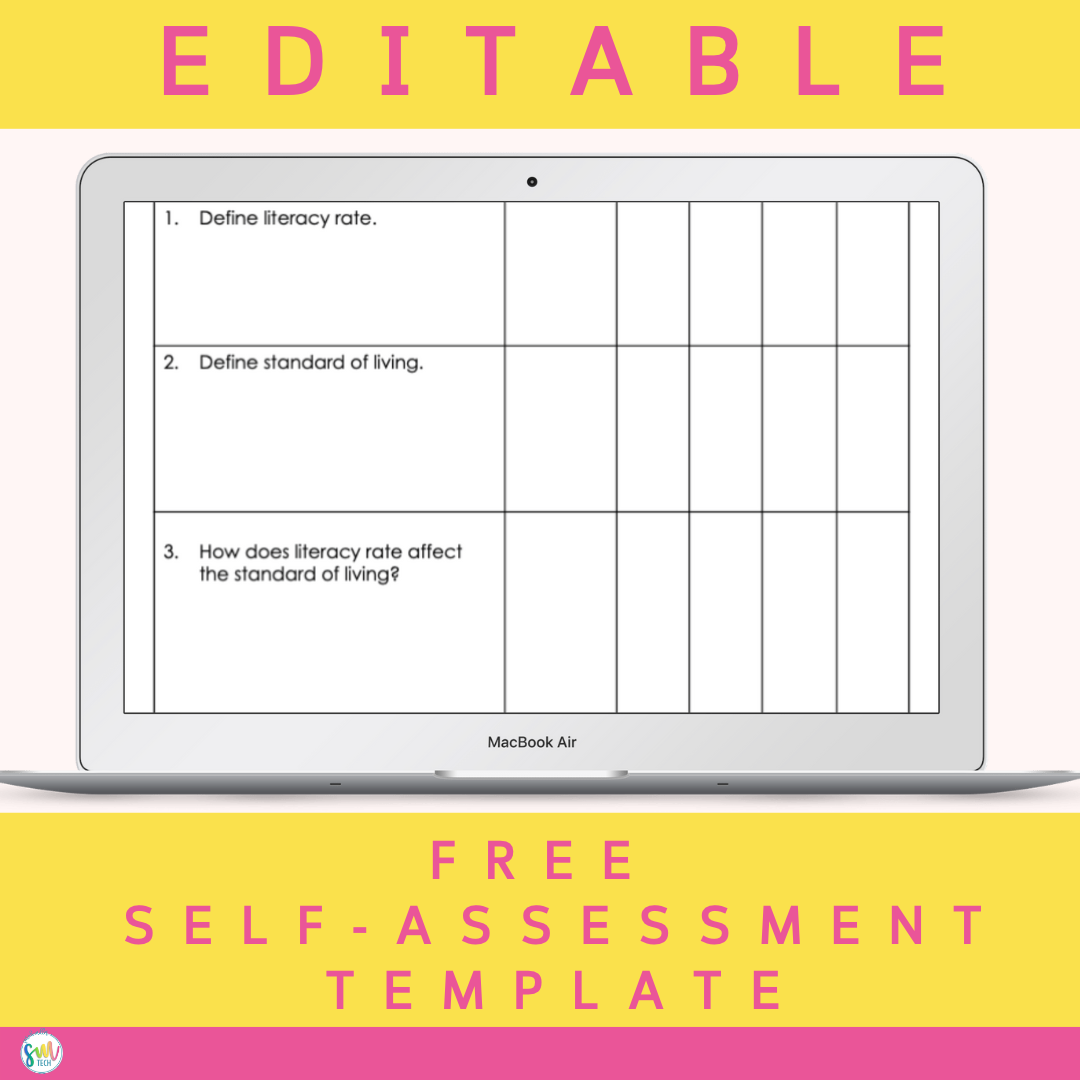Ending the Year with Heart: The Power of Compliment Cards in Middle School
As middle school teachers, we often look for ways to wrap up the year in a meaningful way—something more than just signing yearbooks or showing end-of-year movies. One simple yet powerful activity that can leave a lasting impression on your students is writing compliment cards.
What Are Compliment Cards?
Compliment cards are handwritten notes of encouragement, appreciation, or positive observations that students write to one another. They’re not complex or time-consuming, but their impact can be deeply personal. Think of them as mini letters that celebrate who each student is and what they bring to the classroom community.
Here’s My Spin on Compliment Cards
To ensure each student received a card and to ensure that I could review them all, I have my own system. I created a Google Form with each student’s name pre-loaded as a short-response question. Students opened the Google Form and wrote a short, genuine compliment about every student in the class - including themselves. Then, I sent the responses to a Google Sheet, and pasted each into a single Google Doc. I printed the Google Doc, and put them in an envelope. Viola!
Why Do Compliment Cards Matter?
Middle school is a time of tremendous growth, but also insecurity. Kids are figuring out who they are, how they fit in, and how others see them. Compliment cards give them a rare moment of affirmation—words they can hold onto, literally and emotionally.
Here’s what makes this activity so valuable:
1. Affirmation in a Tangible Form
For some students, these notes may be the first time they hear kind, specific things about themselves from their peers. These cards can boost confidence and self-worth in a way that sticks.
2. Classroom Community Comes Full Circle
You’ve spent months creating a positive classroom culture—this brings it full circle. Compliment cards are a reflection of that growth and an opportunity for students to practice empathy and gratitude.
3. A Keepsake That Goes Beyond Grades
Unlike test scores or report cards, compliment cards are something students may actually keep. Years down the road, they might still remember a kind sentence a classmate wrote—how it made them feel seen.
How to do my version of Compliment Cards:
Step 1: Set the Tone
Talk about the purpose of the activity. Emphasize authenticity, kindness, and thoughtfulness. Share examples of what a short, meaningful note might sound like. I usually give examples and non-examples. I tell students that they aren’t writing a Google review on the person, they are simply writing something kind. So, don’t say, “Morris, I think you’re really funny sometimes” - just say, “Morris, I think you’re really funny”. Again, you’re not writing a review on their personality - just something nice. My 6th graders were notorious for “almost” compliments. They would say something nice, then follow it up with “sometimes” or “kinda”. Be sure to front load with information about the tone and the purpose of the cards.
Step 2: Create a Structure
I love my Google Form method. Create a Google Form (one per class, if you teach multiple homerooms). Type in each student’s name as its own short-response question. I make all questions (names) required. Encourage students to think of something positive about each student AND to type something positive about themselves. I also collect email addresses, so I know if someone was unkind. I tell my students that the person receiving the compliment will not know who wrote the compliment, but I will know.
Step 3: Putting it All Together
Once students have completed the Google Form, export the responses to a Google Sheet. This is where you can review the compliments. If you have about 100 students like me, don’t stress about correcting grammar or spelling. I only edit/delete if someone was rude or if they gave what I call an “almost compliment”.
After you’ve reviewed all the compliments, Create a Google Doc. I create one per homeroom. In my opinion, it’s the most efficient and organized way to keep up with these. Type the student name, then paste the compliment column from the Google Sheets. Reformat the text, if you’d like. I usually just increase the font size. Then, go to the next page in the same Google Doc, and type the next student’s name and repeat until they are all done.
Now, all you have to do is print and deliver! For the end of the year compliments, I like to put them in a special envelope and make it feel a little fancy. However, it will still be special if you hand them the paper as it is.
Responses in Google Sheets
Paste into one Google Doc for class
Step 4: Deliver and Reflect
Collect the cards and hand them out at the end of the last week. Give students a few minutes to read through theirs quietly. It can be a surprisingly emotional moment. I have had a few former students tell me that they still have their compliment cards years later!
Bonus: Do this for Teachers!
Google Doc for responses about teachers
Add a Google Form for students to fill out about the teachers in your building! When I deliver the compliment cards to teachers in the building, they always tell me how much they needed it. It’s such a sweet reminder of why we work so hard to make sure our students are successful.
Final Thought
Middle schoolers don’t always express how much something means to them. But these compliment cards? They speak volumes. They remind students of the good in each other—and in themselves. And that’s a pretty unforgettable way to end the year.











































































































































